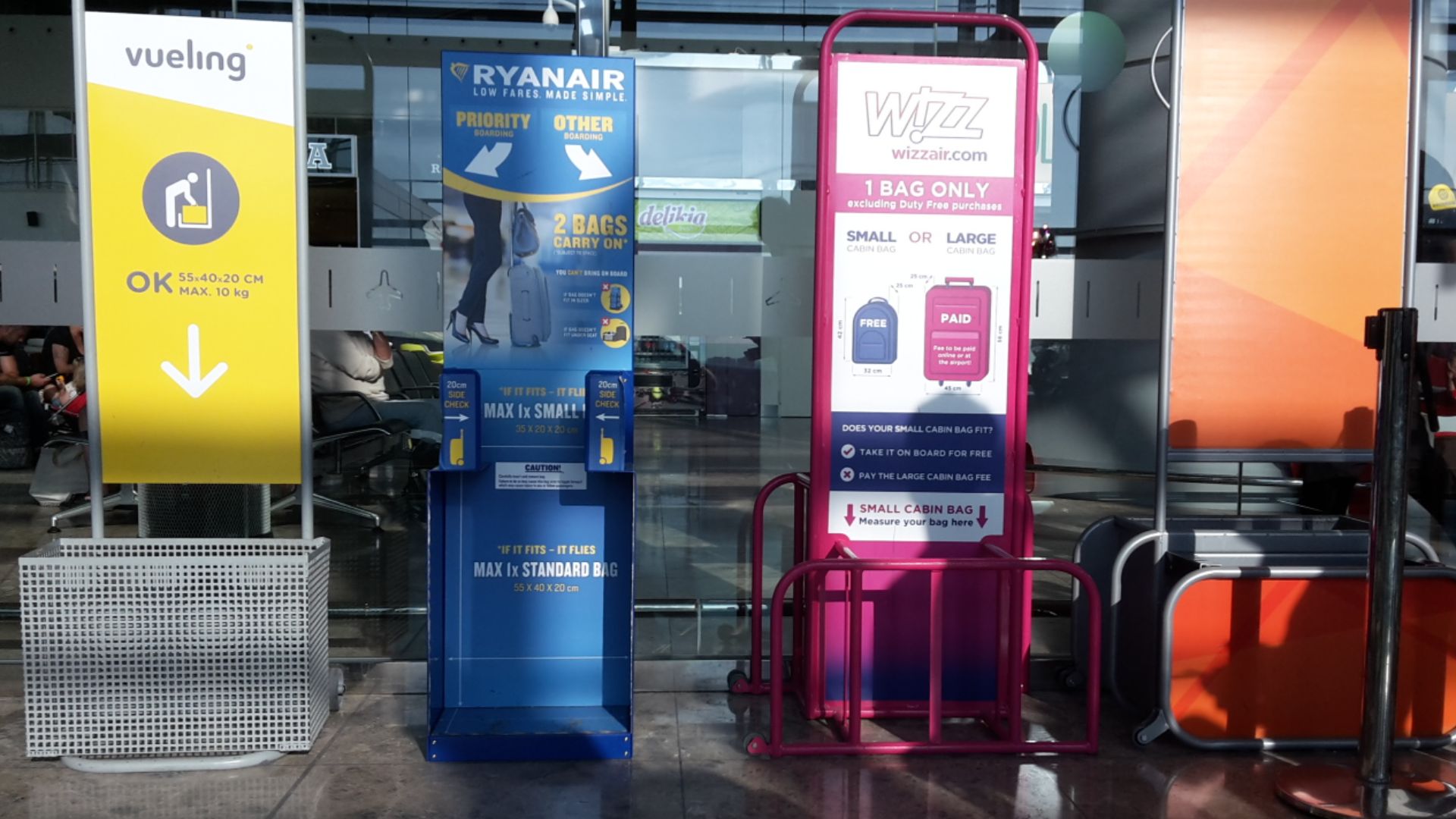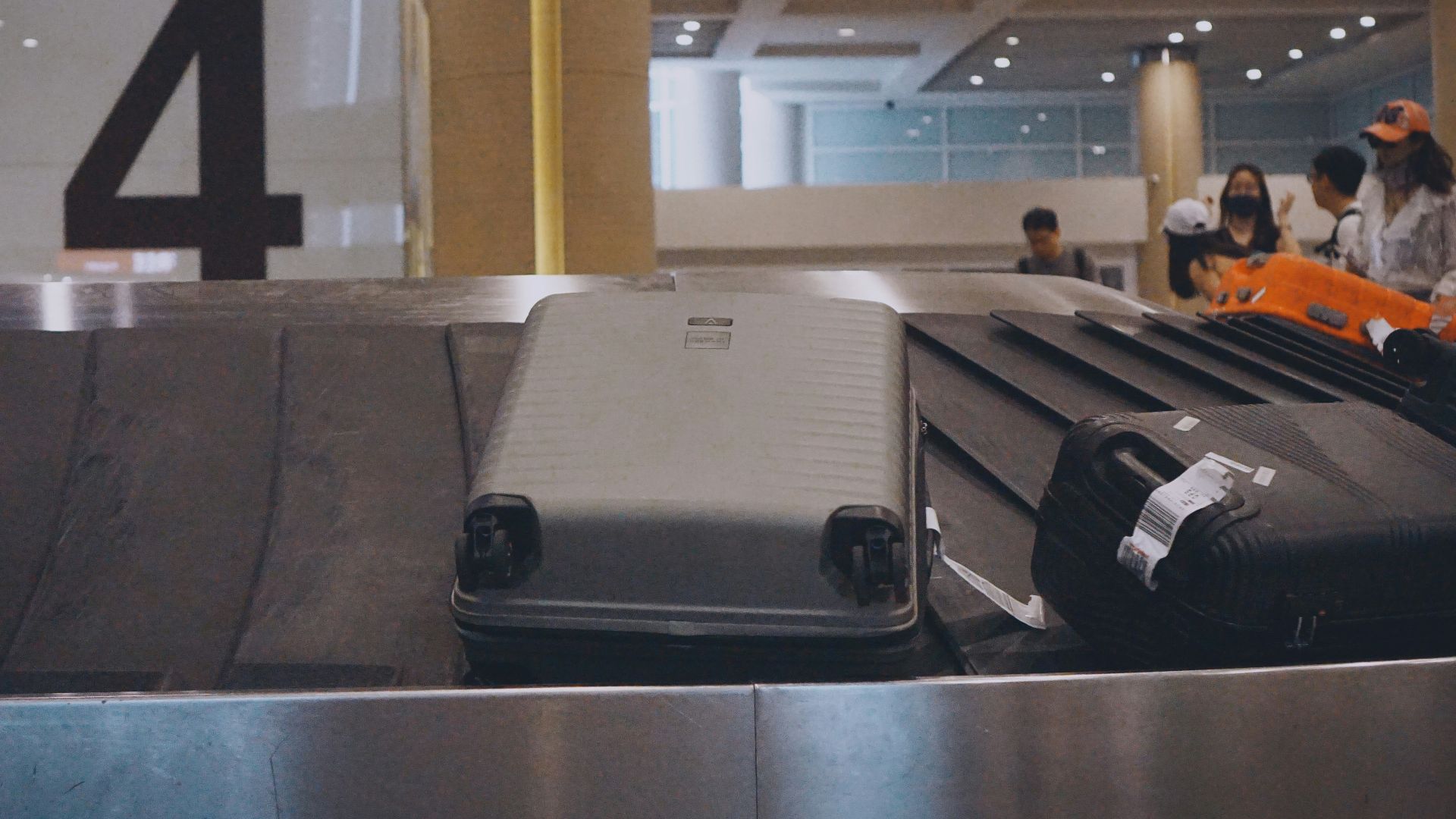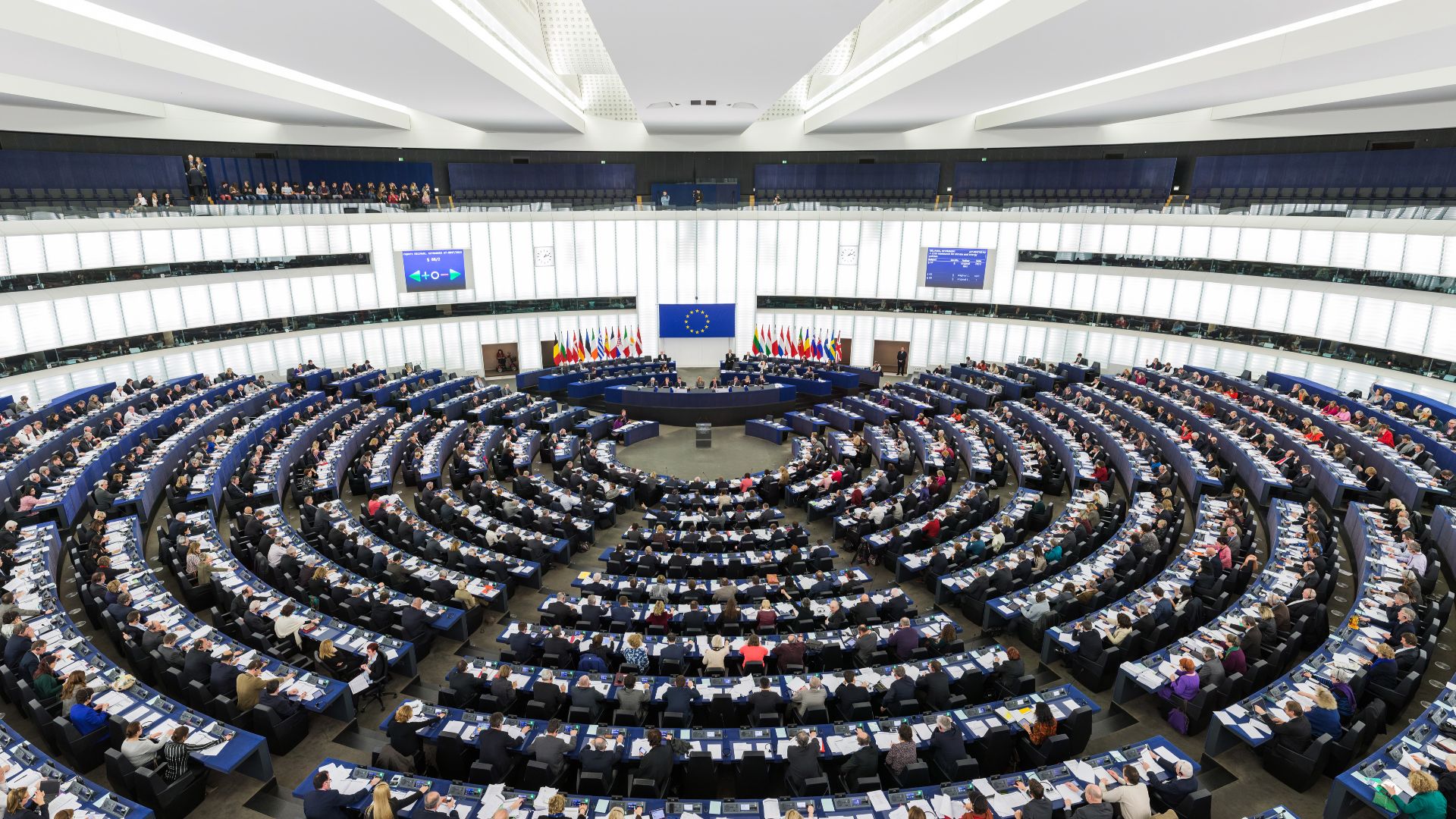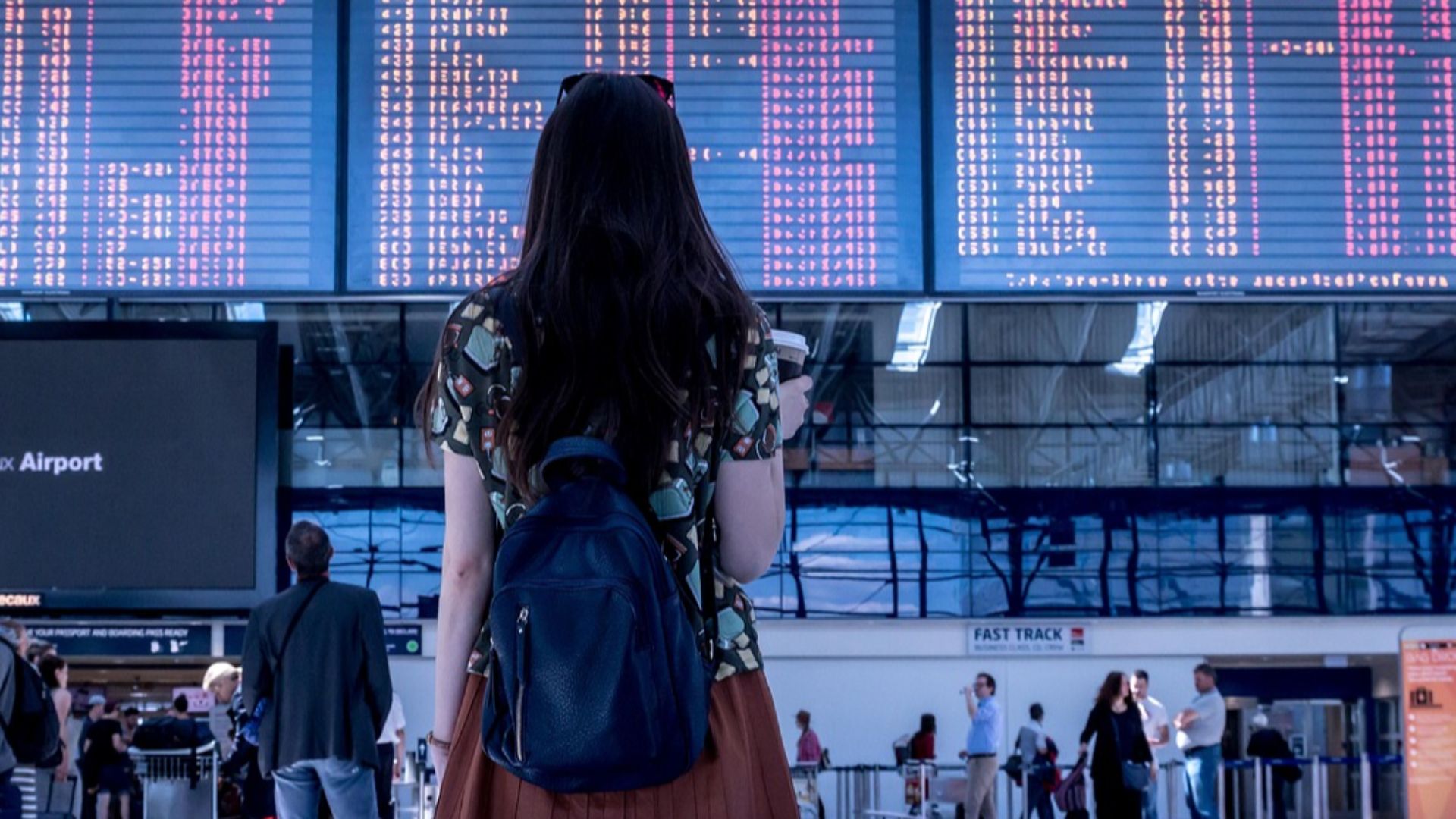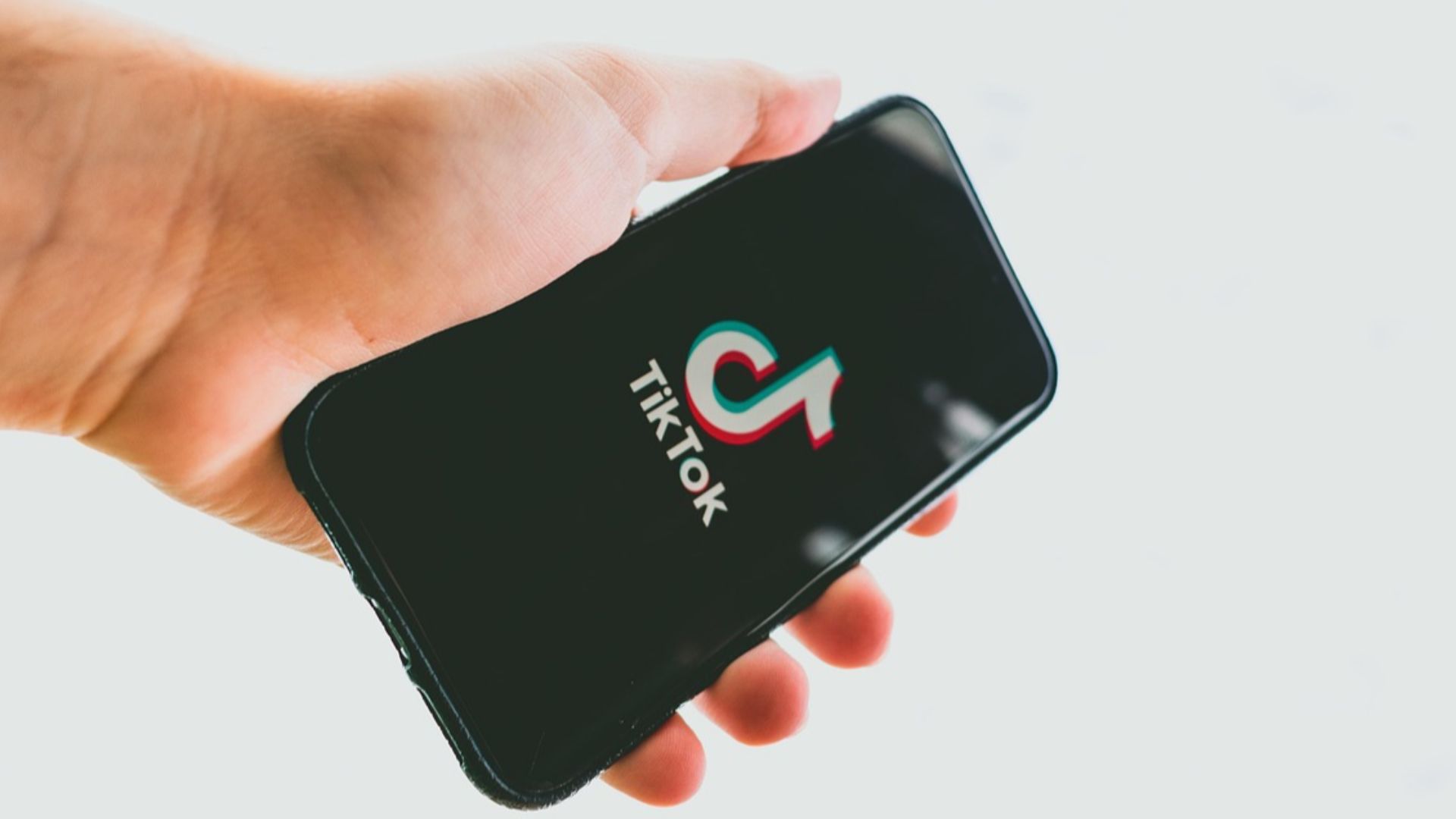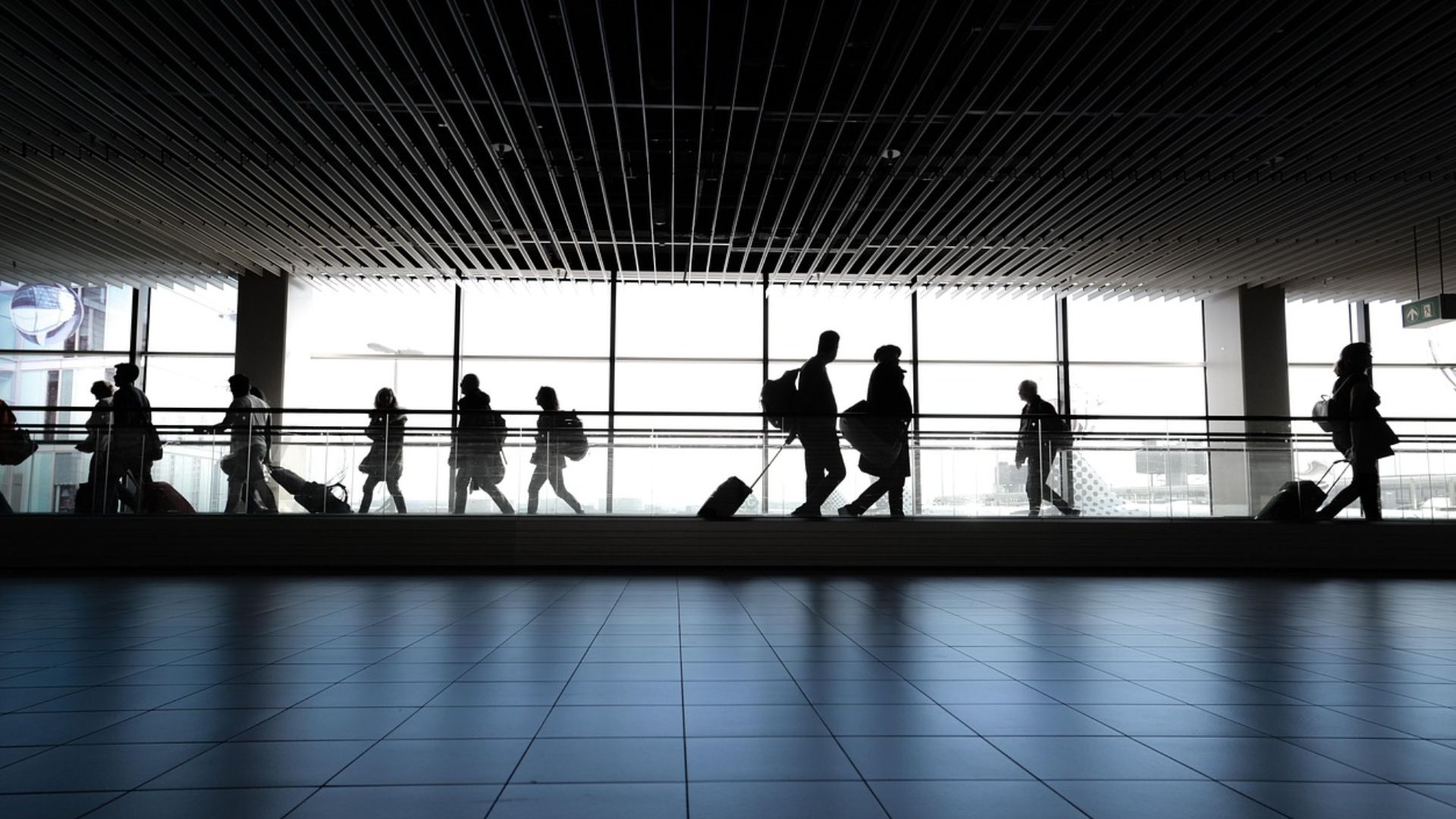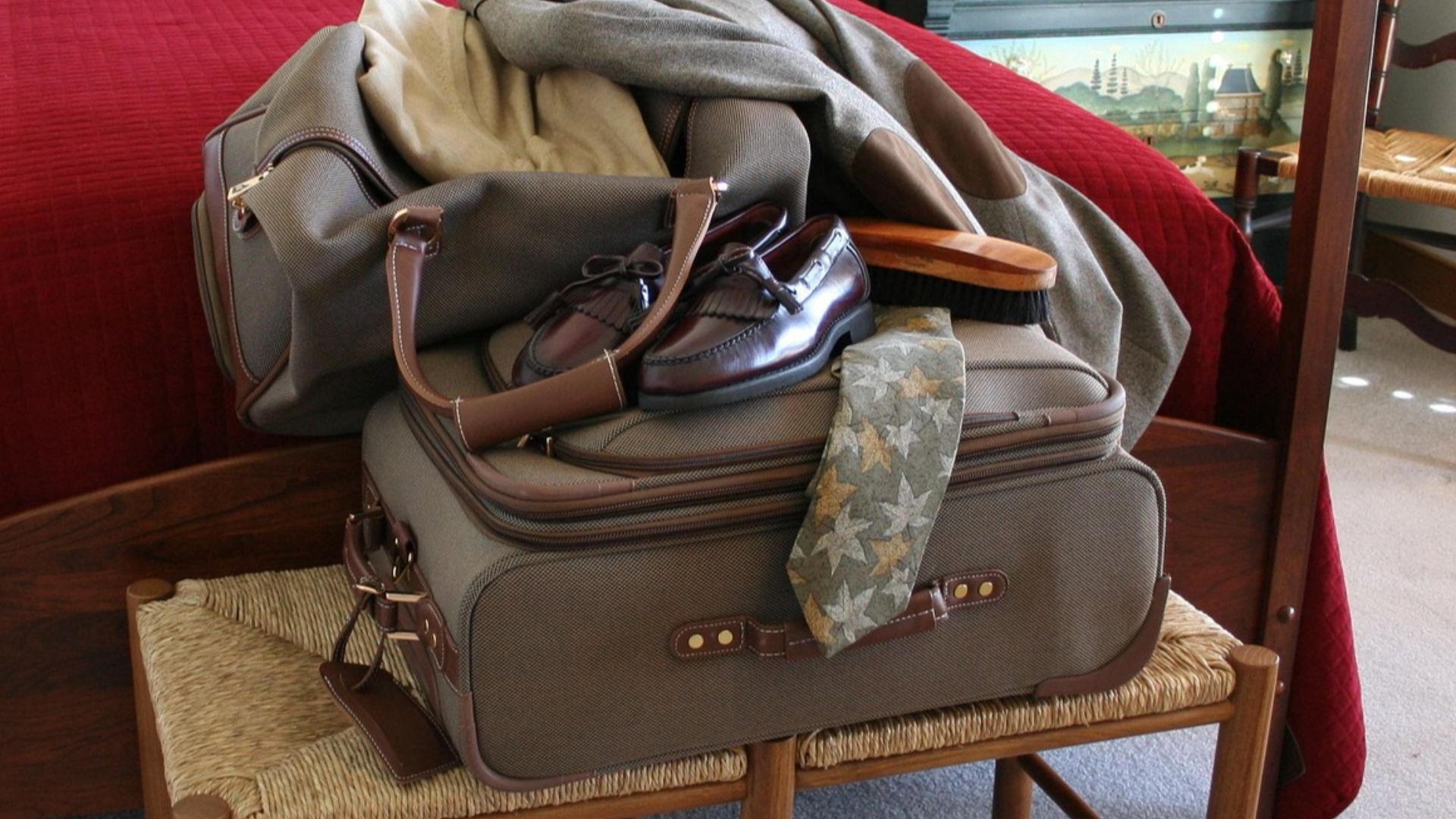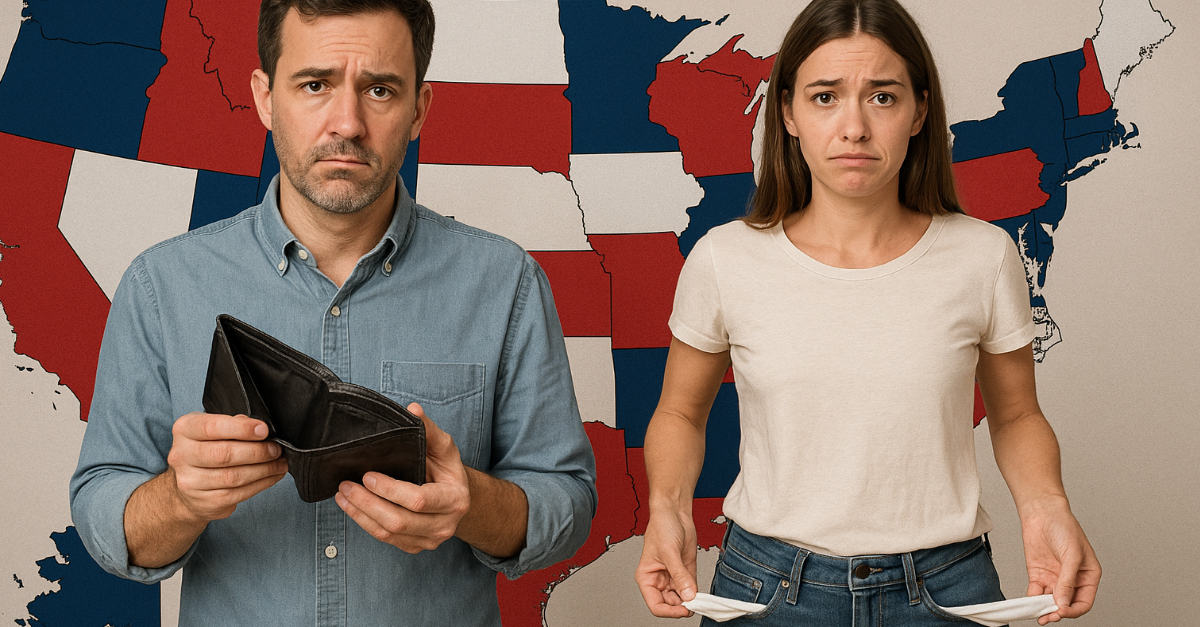Carry-On Chaos
Airlines are quietly rewriting the rules—and travelers are starting to notice. From surprise fees to stricter size limits, the humble carry-on is becoming the next big battleground in air travel. And with new policies already rolling out and more coming in 2026, those overhead bins might soon cost you more than just elbow room. Something big is shifting above our heads—and it’s about to hit travelers right where it hurts: the wallet.
Tight Fit Ahead
Those metal “bag sizers” at the gate? They’re suddenly being taken very seriously. Airlines are cracking down on dimensions down to the centimeter, even including wheels and handles. A flight attendant told *a flight attendant said bluntly that if it doesn’t fit, it isn’t going overhead*, “If it doesn’t fit, it’s not flying overhead.” Time to measure twice, roll once.
The Weight Debate
In some regions, especially Asia and Australia, the issue isn’t just size—it’s weight. Airlines like Qantas and AirAsia already weigh carry-ons, and starting in 2026, Virgin Australia will too. If your bag tips over 8 kilograms (about 17 pounds), it might be heading to the cargo hold—with your wallet $50 lighter.
Southwest Ends “Bags Fly Free”
For decades, Southwest’s “Two Bags Fly Free” was sacred. But starting May 2025, it’s history. The airline will now charge $35 for the first bag and $45 for the second, citing rising fuel and operational costs. Passengers, predictably, were furious—one wrote on X, “That slogan got me through the 2010s. RIP.”
 ZappaOMatic, Wikimedia Commons
ZappaOMatic, Wikimedia Commons
Virgin Australia’s 2026 Shake-Up
Economy passengers will soon be limited to one 8 kg bag instead of two totaling 7 kg. Business class and loyalty tiers get more flexibility, but for regular travelers, it’s a clear message: pack lighter or pay up. Virgin says it’s about “boarding efficiency.” Travelers call it nickel-and-diming.
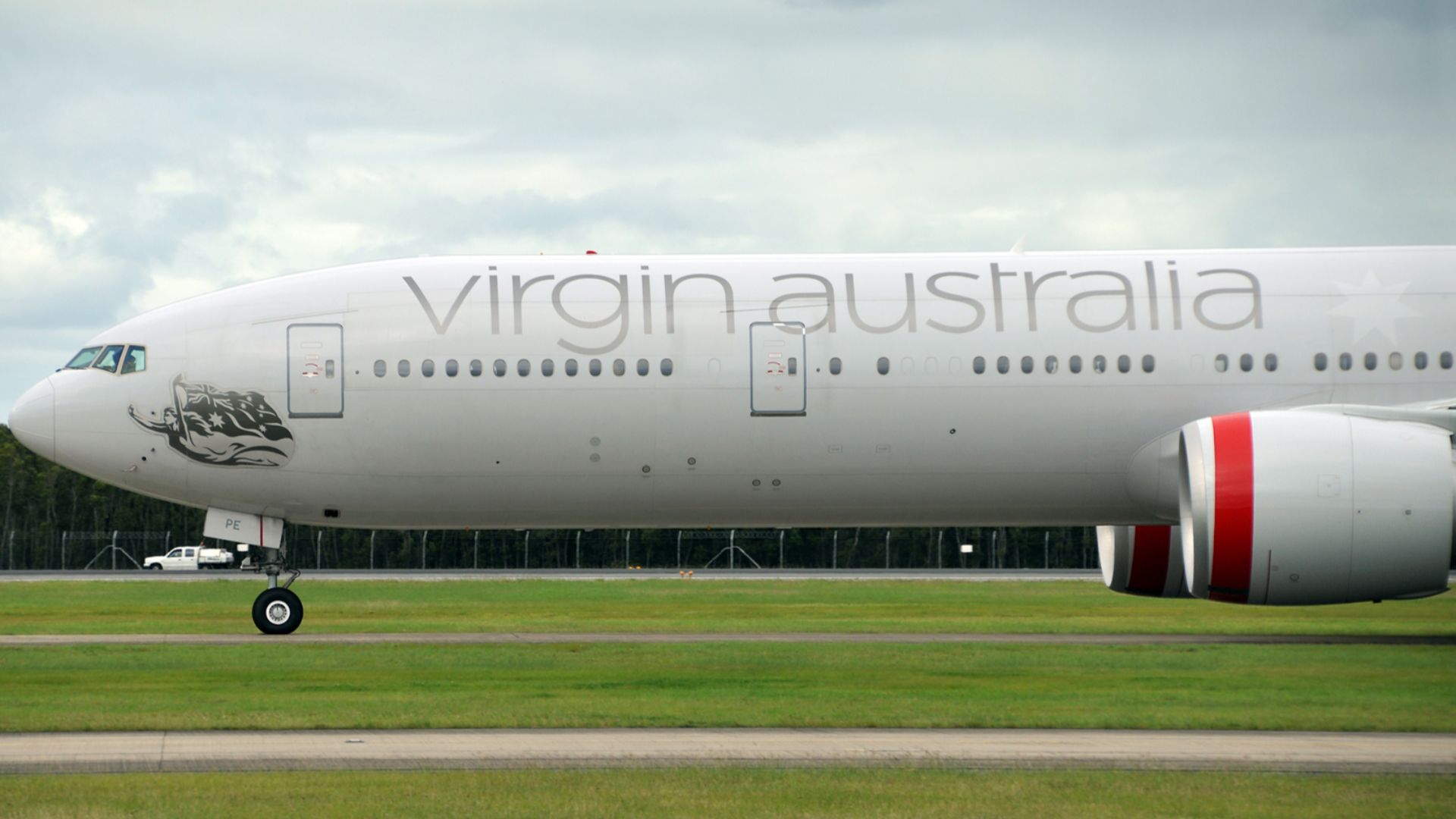 Robert Frola, Wikimedia Commons
Robert Frola, Wikimedia Commons
Europe’s Carry-On Rebellion
Finally—some good news. In June 2025, EU lawmakers advanced a proposal to ban carry-on fees (one cabin bag up to 7 kg plus a personal item)—a big consumer win if it clears final negotiations and becomes law.
“Personal Item” Shrinkage
That backpack or tote you thought was a “personal item”? Airlines are quietly redefining what that means. American Airlines has started enforcing smaller under-seat dimensions—down to 18×14×8 inches—while United’s limit is 17×10×9 inches. Even laptop bags are being flagged if they bulge. The personal space war has officially begun.
Overhead Bin Wars
Bin space has become a battlefield. Passengers sprint down aisles to snag space, flight attendants play referee, and delays mount. That’s partly why Airbus’s latest XL bins fit about 60% more bags and Boeing’s 737 “Space Bins” about 50% more—designs meant to speed boarding and reduce stress. Airlines say they’re just restoring order. Travelers call it chaos.
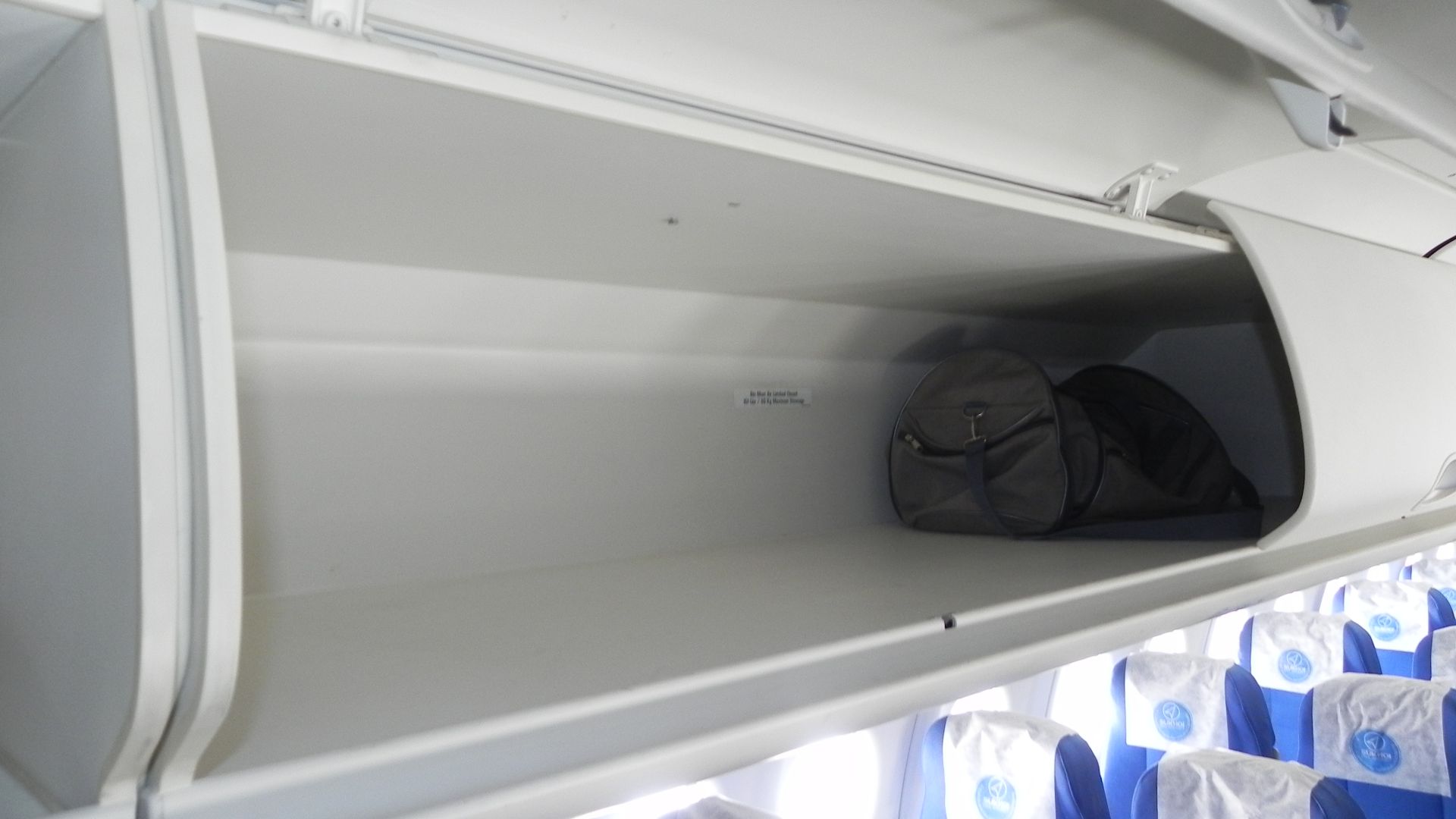 SuperJet International, Wikimedia Commons
SuperJet International, Wikimedia Commons
The Boarding Bottleneck
Each minute of boarding delay costs airlines about $100 per minute in the U.S., according to Airlines for America. That’s why they’re cracking down. More carry-ons = slower loading = more money lost. Sadly, that math translates into new fees for passengers—because someone has to pay.
 Henry Hagnäs from Turku, Finland, Wikimedia Commons
Henry Hagnäs from Turku, Finland, Wikimedia Commons
Hidden Fee Explosion
The global airline industry made an estimated $118 billion in ancillary revenue in 2023, much of it from baggage and seat fees. Those numbers are rising every year. As one analyst told *Forbes*, “The real profit isn’t in tickets—it’s in everything you pay after you book.”
Why Airlines Say It’s About Safety (Sort Of)
Airlines often justify limits by citing “safety concerns.” Overstuffed bins can shift during turbulence or block emergency exits. True—but insiders admit it’s also about fuel and balance efficiency. In other words, less weight in the cabin equals lower operating costs. Safety just happens to sound better in press releases.
Traveler Outrage Online
Social media is full of carry-on meltdowns. One viral TikTok showed a traveler weighing her bag on a bathroom scale, captioned: “Praying it’s 7.9kg.” The video racked up over 5 million views. Another post joked, “I’ll wear three outfits and call it a fashion statement.” Travelers are laughing—but also seething.
Frequent Flyers Fight Back
Loyalty members feel betrayed. “What’s the point of status if I’m still fighting for bin space?” wrote one Delta Medallion flyer on Reddit. Even top-tier customers are noticing perks shrinking—first it was free snacks, now it’s free bags. Elite status just isn’t what it used to be.
 https://www.flickr.com/people/globalx/, Wikimedia Commons
https://www.flickr.com/people/globalx/, Wikimedia Commons
The Business Traveler Advantage
While economy travelers face stricter limits, business class remains a safe haven. Premium passengers often enjoy larger allowances and priority boarding. Translation: if you can pay for peace, you’ll still get it. For everyone else, prepare to wrestle for overhead bin real estate.
Budget Airline Brutality
Low-cost carriers like Ryanair, Spirit, and Frontier have turned baggage into a full-on business model. A “basic” fare often means no carry-on at all. Ryanair passengers can only bring a small bag unless they pay for “Priority.” It’s a bit like buying a ticket—and then paying extra to bring clothes.
Different Skies, Different Rules
A carry-on that’s fine in Chicago might get rejected in Tokyo. Asian airlines tend to weigh bags; European carriers check dimensions; U.S. airlines focus on fees. For global travelers, that means one trip can come with three sets of rules—and triple the stress.
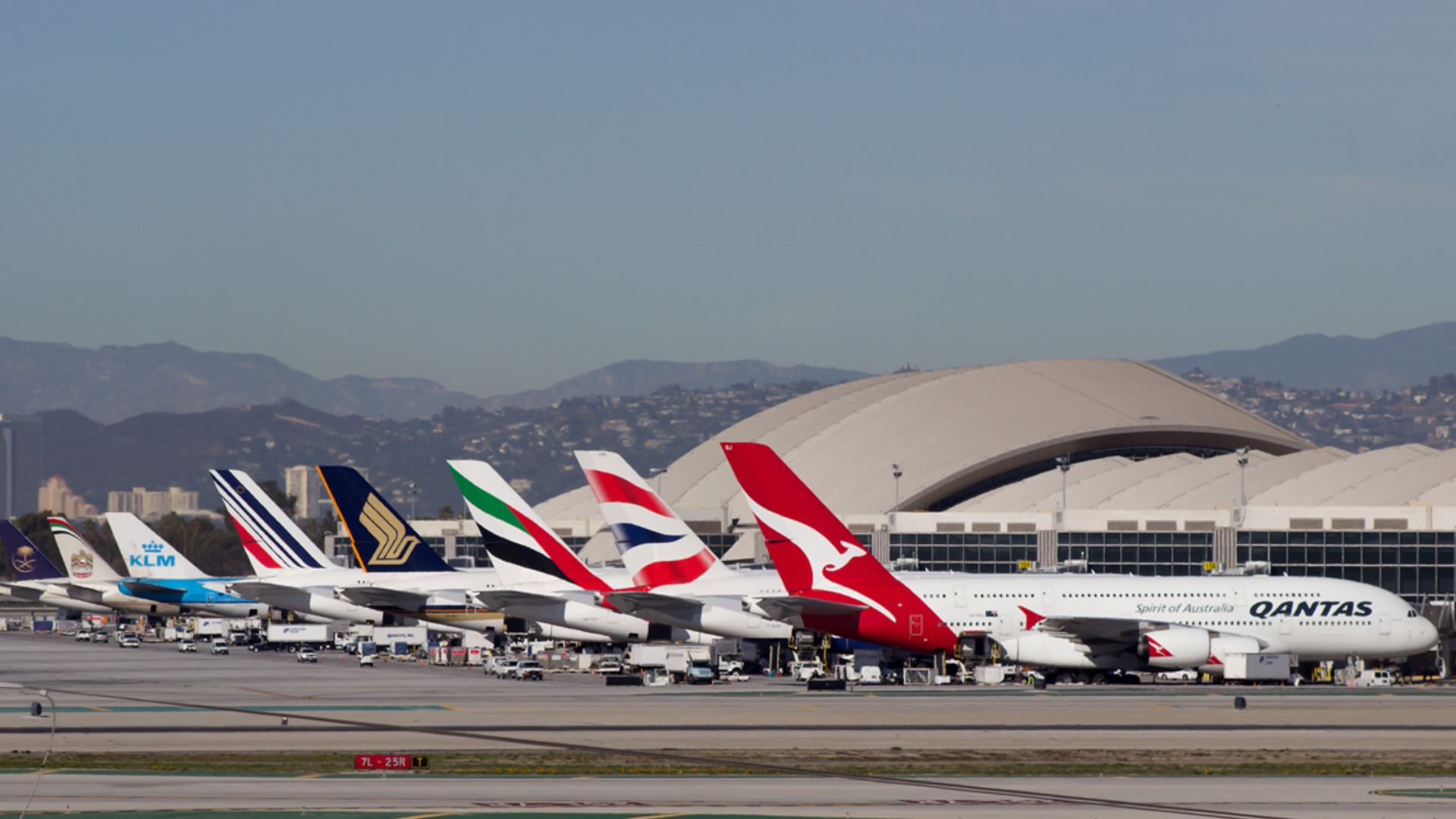 Richard Silagi, Wikimedia Commons
Richard Silagi, Wikimedia Commons
Packing Hacks for 2026
Travelers are adapting fast. Compression cubes, wearable luggage vests, and “pillowcase hacks” (stuffing clothes into neck pillows) are trending. One frequent flyer told *CNN Travel*, “I treat my winter coat like an extra suitcase.” The game may have changed—but travelers are getting creative.
The Profit Motive
Why do airlines care so much about bags? Money. Ancillary revenue—fees for baggage, upgrades, and food—makes up over 15% of airline income. The more restrictions they add, the more people pay to avoid them. It’s not personal—it’s business.
The Gate Check Gamble
Gate agents now have the final say on what flies overhead. If bins look full, they’ll tag your bag without warning. Even if it fits, you might get checked for “balance reasons.” Translation: luck, not logic, often decides whether your bag makes the cabin cut.
 Ralf Roletschek, Wikimedia Commons
Ralf Roletschek, Wikimedia Commons
Future Bin Design
New aircraft like Boeing’s 737 MAX and Airbus A321neo include 50% larger overhead bins—but airlines might charge for them soon. Some carriers even sell guaranteed bin space—Condor lets you reserve a dedicated overhead bin, and Frontier’s “Board First” add-on (with paid carry-on) is designed to secure space. Yes, we’ve reached the point where the sky has storage fees.
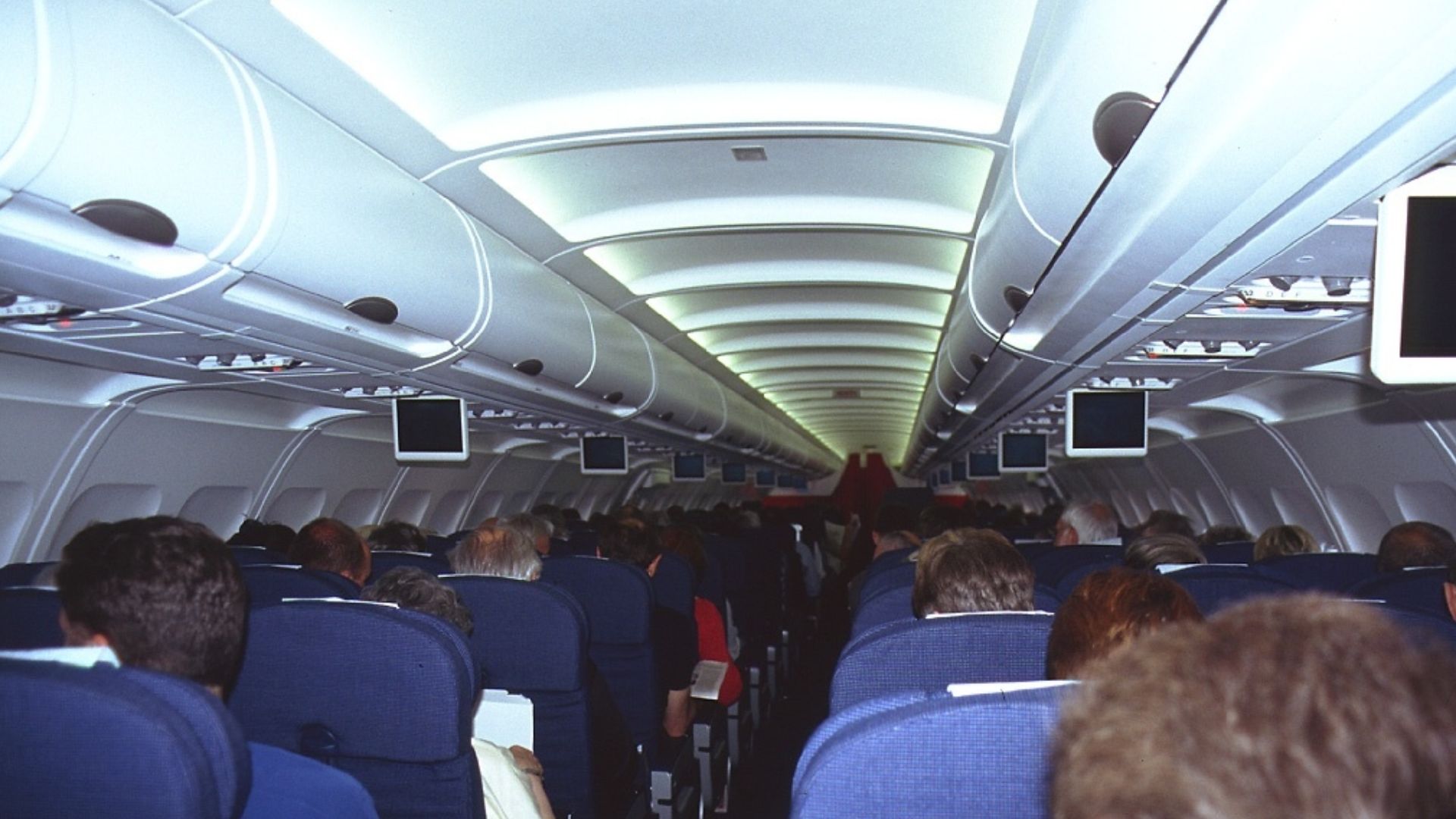 Konstantin von Wedelstaedt, Wikimedia Commons
Konstantin von Wedelstaedt, Wikimedia Commons
Could a Global Standard Fix This?
The International Air Transport Association (IATA) tried to standardize carry-on sizes years ago—but airlines refused. The current rules vary so wildly that even IATA admits “consistency remains elusive.” Translation: don’t hold your breath for a universal bag rule anytime soon.
Carry-On Drama at Security
Security adds another layer. More carry-ons mean longer X-ray lines and more manual inspections. TSA is handling record volumes—nearly 3 million travelers screened in a single day in June 2024—so lines can stretch. One agent put it bluntly: “People travel like they’re moving.”
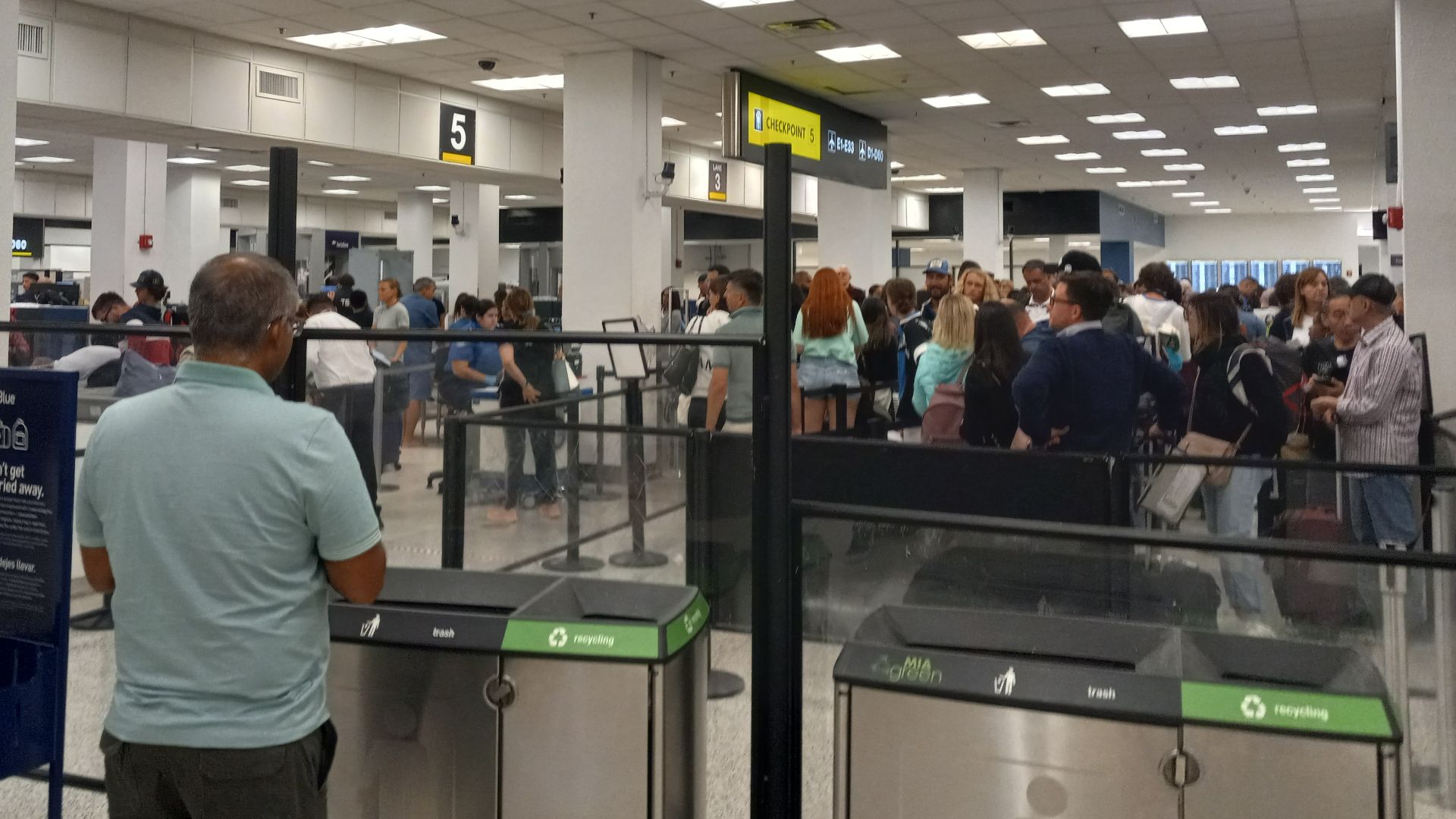 FunctioningMemberOfSociety, Wikimedia Commons
FunctioningMemberOfSociety, Wikimedia Commons
The Emotional Toll
All these shifting rules are wearing travelers down. Constant policy changes, surprise fees, and tighter limits are chipping away at trust. One travel columnist wrote, “It’s not just about the bag—it’s about feeling nickel-and-dimed every step of the journey.”
What 2026 Could Look Like
Experts predict that within two years, most major carriers will limit economy travelers to one bag and one personal item, with everything else checked for a fee. Boarding may be faster—but your wallet will be lighter. The golden age of “stuff it and go” is ending.
Pack Light, Pack Smart, and Hope for the Best
If you’re flying soon, assume nothing is free. Check your airline’s fine print, weigh your bag, and keep a backup plan for gate checks. The carry-on chaos might just be beginning—but hey, at least it gives us something new to complain about at 30,000 feet.
You Might Also Like:
The World's Most On-Time Airlines And Airports
New Airport And Luggage Scams Travellers Need To Know About
Airlines Are Introducing New Policies For Plus-Sized Passengers In 2026


